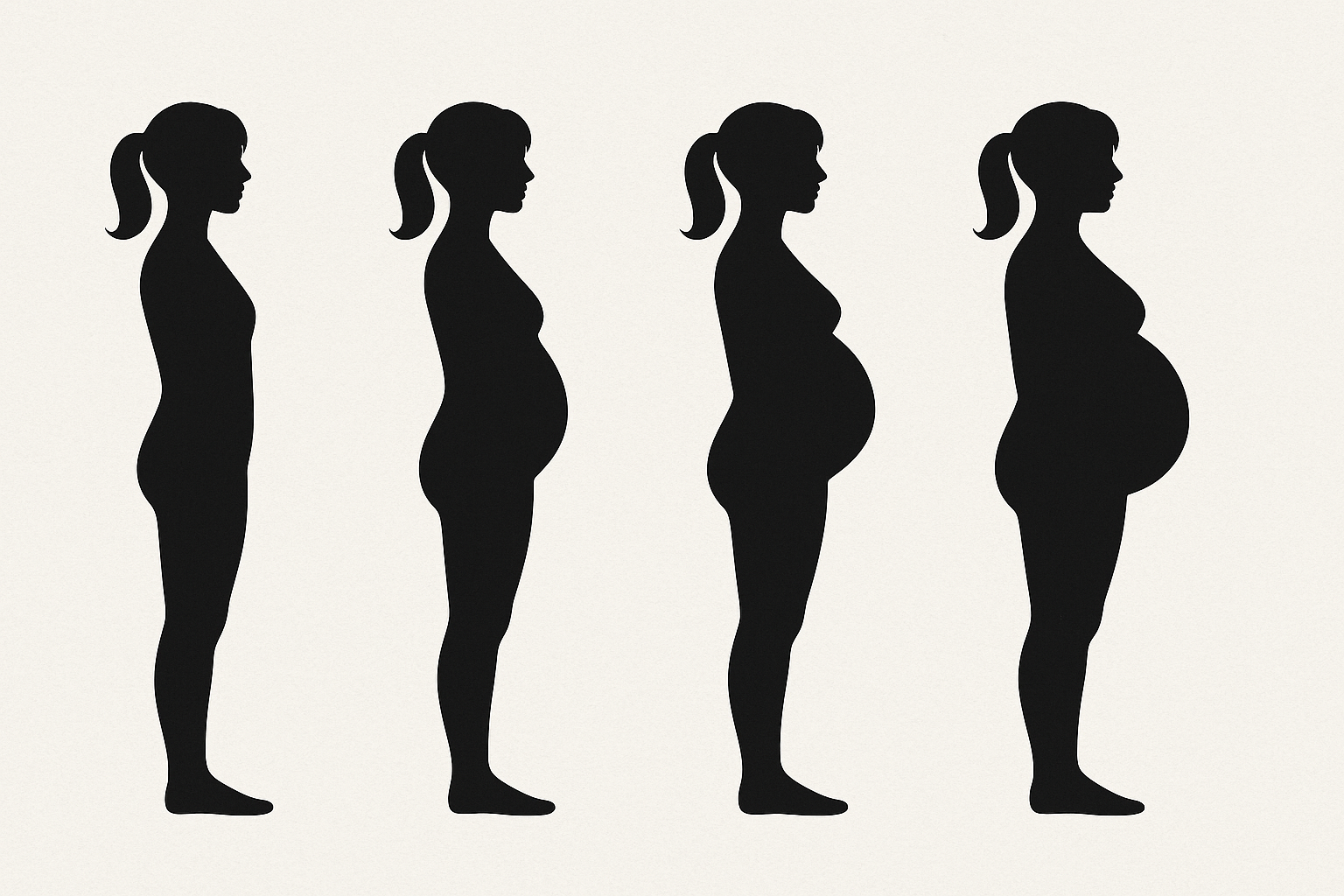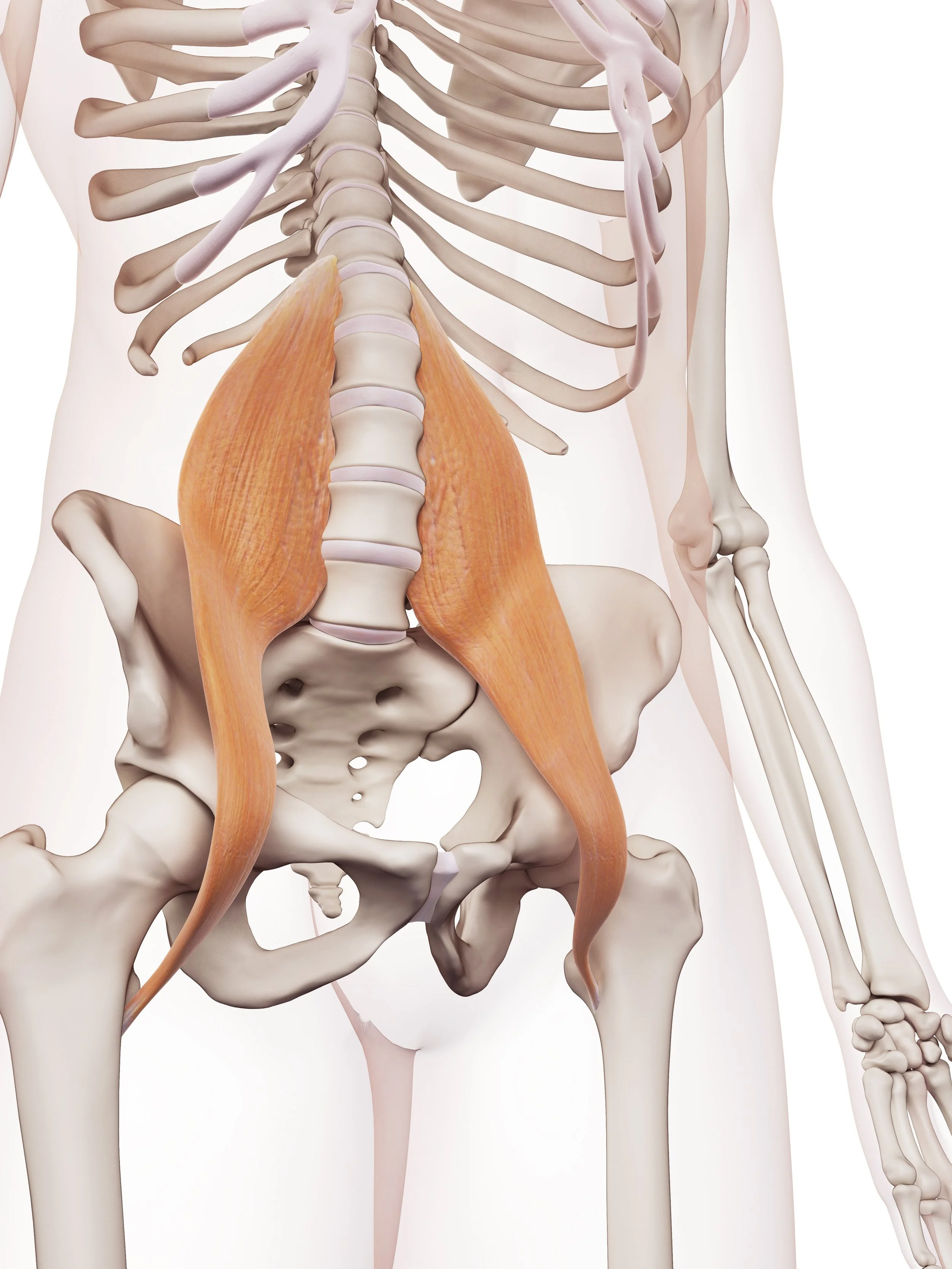For the last three years, I have been incorporating the concepts of the Spinning Babies midwifery teachings in the care of our expecting moms. The idea behind the system is that the fetus is meant to proceed with a smooth descent into the pelvic outlet as long as there is no obstacle to the process. The latter being a pretty significant caveat. In addition to intra-uterine sources ( cord and placental position), the anatomy of the mother’s bony pelvis, pelvic muscles and ligaments, abdominal wall and pelvic floor has a huge role in either allowing or interfering with a smooth descent to an uncomplicated vaginal delivery with little to no stress to the child. Early on, the midwife developer of the Spinning Babies method recognized the importance of body workers as an adjunct to midwives in that process. Dr. Carol Phillips, who incidentally was my first pediatric chiropractic teacher at Northwestern, was the main source of information.
The current rates of C-section worldwide range anywhere from 15% to a whopping 45%. The stakes are high to keep it closer to 15% and there is no reason why that number should feel unreachable. The research on the long term rates of C-sections on overall pediatric and long term health outcomes are sobering. It is important for expecting moms and dads, and their support system, that there are lots of things you can do to prepare for a non surgical birth outcome and lots of resources at hand










